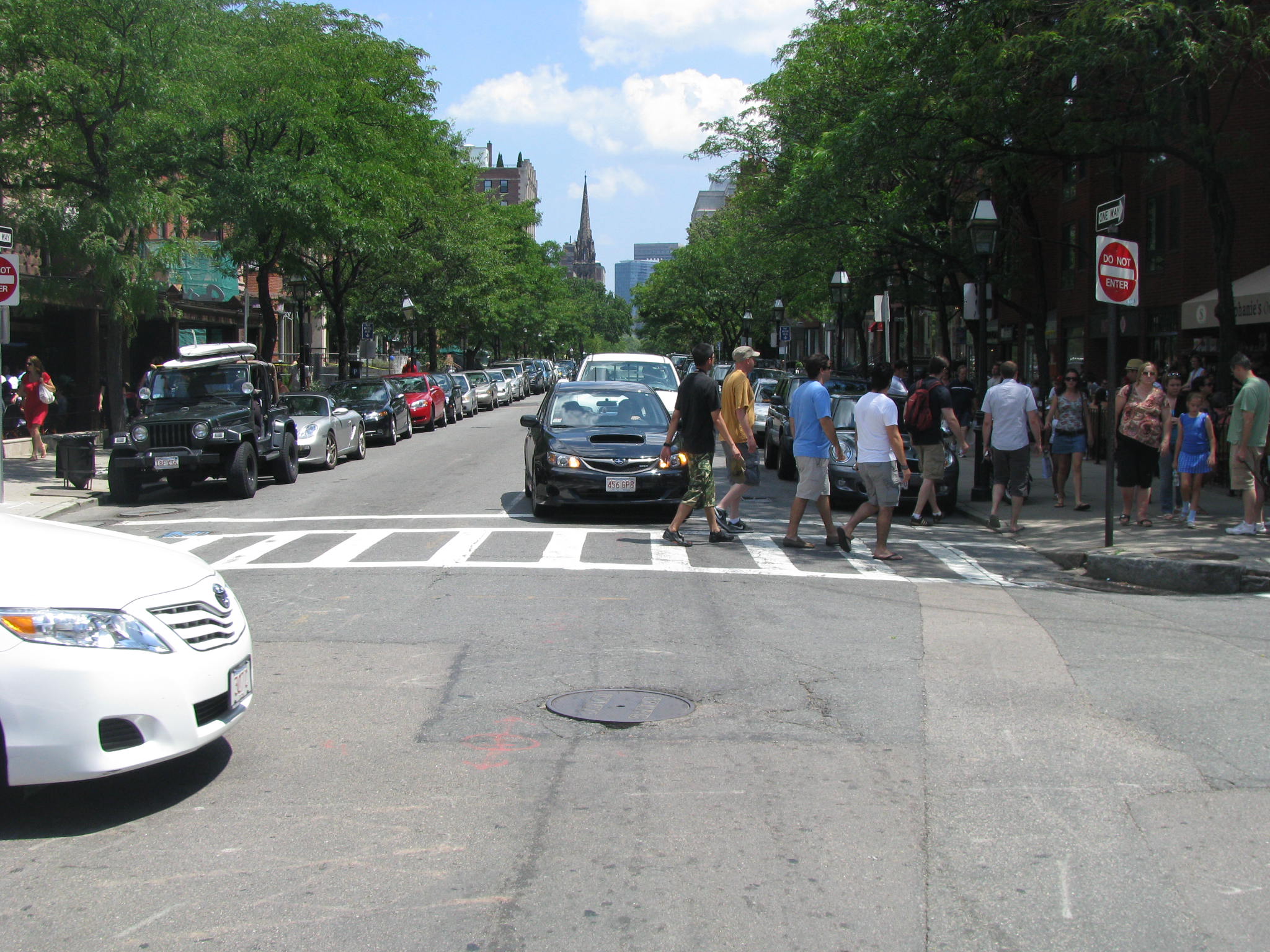 Urban development and downtown restoration present challenges for cities all across the United States, including Rochester. This year, the theme of the city’s Reshaping Rochester Series is “In the Trenches: A Celebration of Grassroots Efforts.” The series will include lectures from Aaron Bartley, co-founder of PUSH Buffalo; Thomas Menino, who served as Boston’s mayor for two decades; Dr. Mindy Thompson, a psychologist who works to bridge the gap between mental health and the built environment; Thomas Herreira-Mishler, who is the CEO and President of Buffalo Olmstead Parks Conservacy; and internationally known city planner and author Jeff Speck, who kicked off the series on Tuesday night.
Urban development and downtown restoration present challenges for cities all across the United States, including Rochester. This year, the theme of the city’s Reshaping Rochester Series is “In the Trenches: A Celebration of Grassroots Efforts.” The series will include lectures from Aaron Bartley, co-founder of PUSH Buffalo; Thomas Menino, who served as Boston’s mayor for two decades; Dr. Mindy Thompson, a psychologist who works to bridge the gap between mental health and the built environment; Thomas Herreira-Mishler, who is the CEO and President of Buffalo Olmstead Parks Conservacy; and internationally known city planner and author Jeff Speck, who kicked off the series on Tuesday night.
Speck is the author of Walkable City: How Downtown Can Save America, One Step at a Time, believes that walkability is vital for developing cities and says that Rochester is lacking it. In an interview with Rachel Barnhart on Tuesday, he said, “Cities now are becoming more walkable in order to become more competitive in the sense that the people who are moving to cities, and generally Americans who are moving, are much more favoring places that can provide them with that walkable lifestyle.” To keep up with other cities, like Boston, Rochester will have to take strides in that direction. Doing so will help not only attract new people to help offset the decline in population since the turn of the millennium, but also provide a more enjoyable life for those who do live here.
Much of the preference he refers to stems from economics and the ability to spend more in the community. “There are reasons why, economically as a city, it makes you much stronger to re-orient yourself around walking, which has to do with what you can spend your money on as a citizen if you aren’t driving,” he explains. Plus, he mentions that Millennials grew up watching shows like Friends, Seinfeld, and Sex in the City, which present urban living as “the good life.” Walkability is key to urban living, so individuals looking for a more enjoyable lifestyle will certainly make it a priority.
On Tuesday night, he shared some of his ideas and expanded on the concept of walkability with Rochesterians who are thirsty for both stats and opinions that can help them rejuvenate their city. For the most part, they have been well-received and Rochesterians tend to believe that increasing walkability is a great idea.
Maeve Cullinane is one of them. In a Democrat & Chronicle editorial she writes, “To me, one of the best lifestyle differences between being an urban dweller and a suburban one is being out on the sidewalk, walking, looking, waiting with, and nodding hello to the people around me.” Certainly, that ability would add some life to the city. However, Cullinane’s appreciation for walkability in the city is not without concern.
Though she expresses an excitement about the CollegeTown and CityGate developments, she wonders whether or not Rochester will become truly walkable. “I can’t say that these changes will make my adopted city workably walkable. I want a city where someone in Gates or Fairport can commute to their workplace, run an errand or get lunch out, commute home by way of the gym, and never once step into their car.” The practicality of that presents a challenge, though Cullinane suggests that improved public transportation will make a big difference.
Decreasing the need for driving and making it easier for people to walk around will have not only economic benefits, but environmental ones as well. Those strategies could be coupled with the use of green tech, like solar power, to help make any downtown area cleaner, lighter, and more enjoyable. In fact, over the last 15 years, the use of solar energy has surged 20%, in large part because both businesses and urban developments are investing in it. Improving and encouraging the use of mass transit can also have a huge impact on reducing dependability on cars and increasing walkability.
Speck’s lecture on the benefits of and how to improve walkability is just a part of the Reshaping Rochester Series. It will require a lot of work to revitalize Rochester’s downtown, and walkability just plays a small part. But, if used in collaboration with other strategies, it could prove to be a key component of strengthening Rochester and making it a better place to live.






No Comment